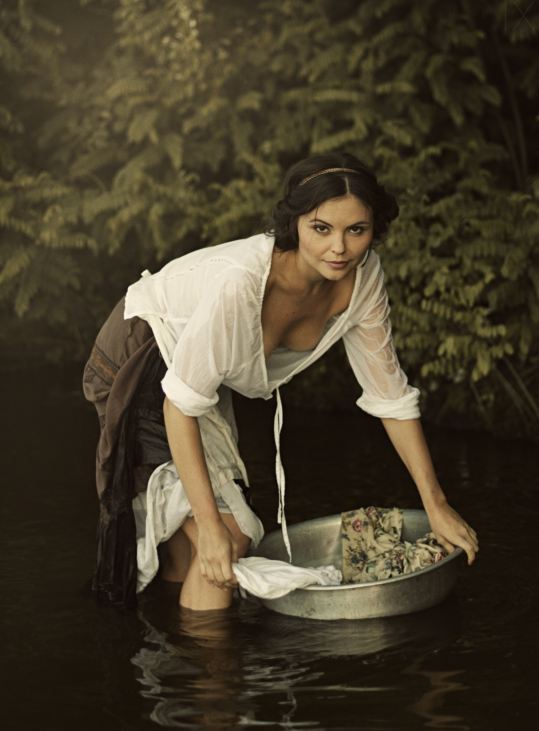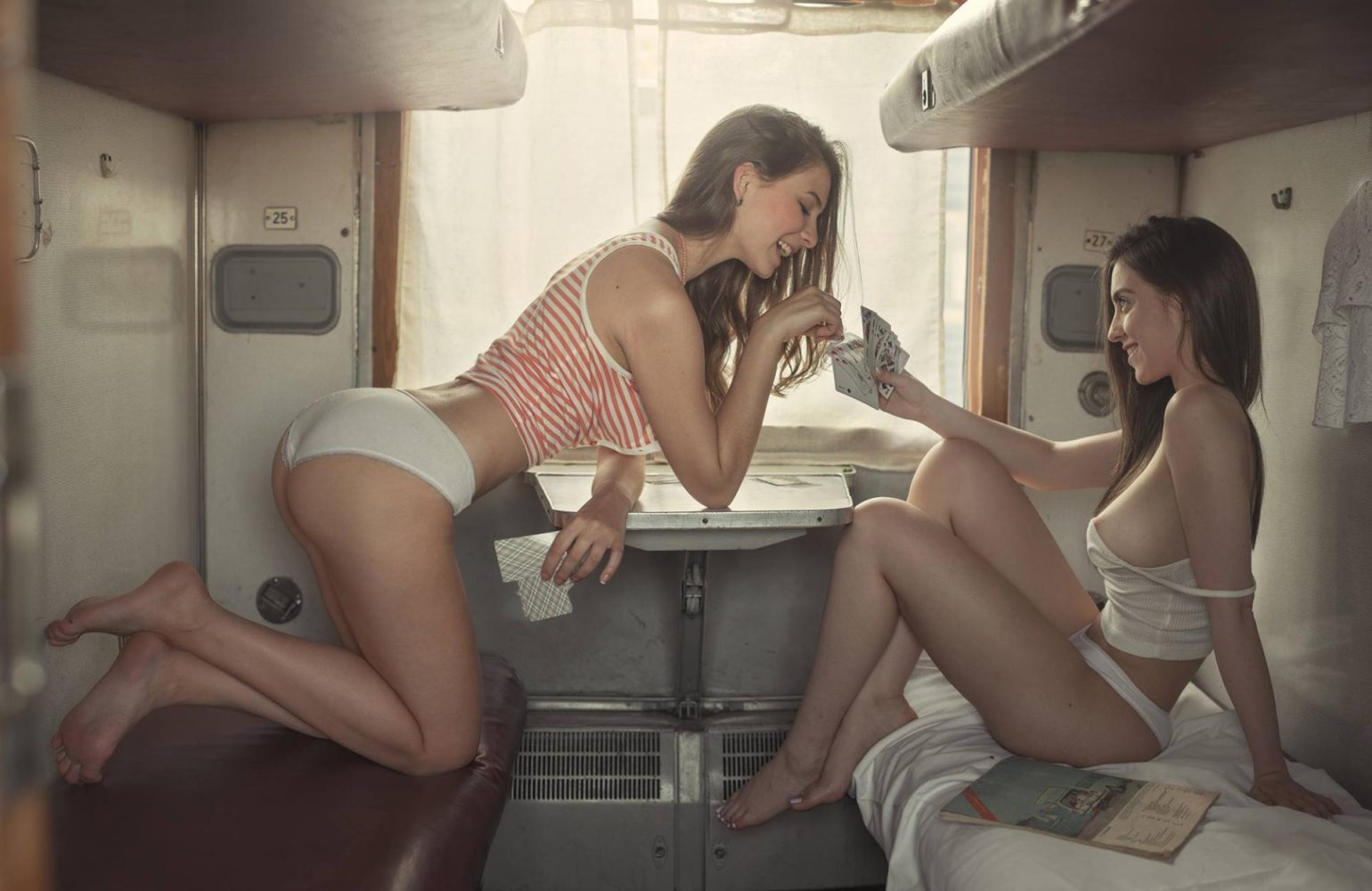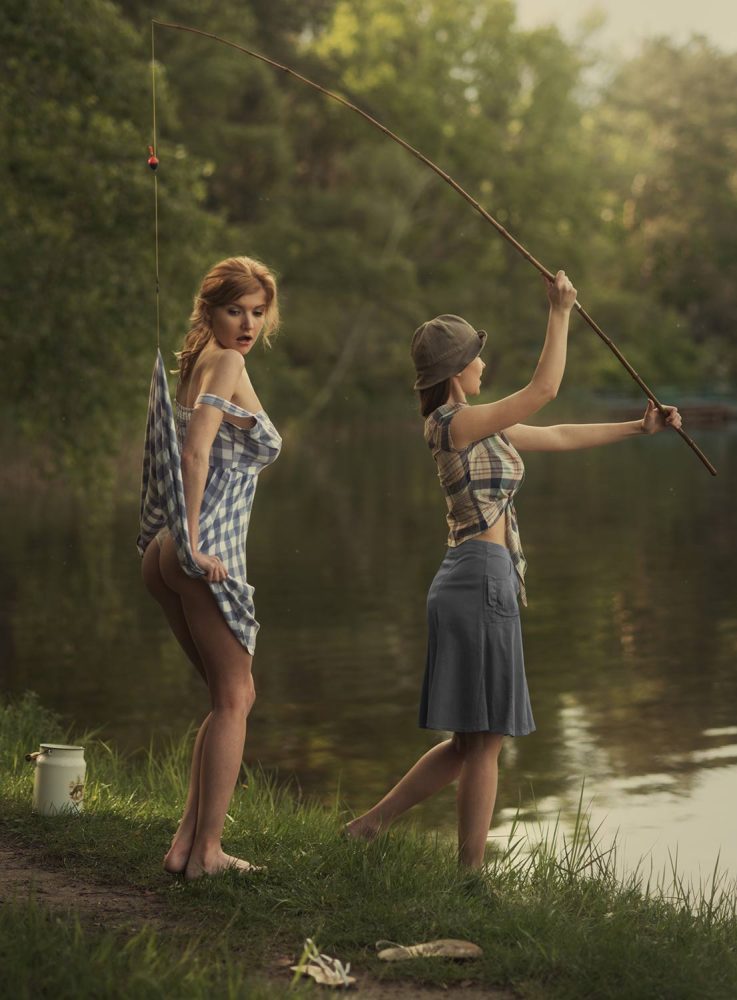Foreword
I wrote this article back in March, inspired by my exploration of narrative in artistic nude photography. I discovered David Dubnitskiy’s work and was deeply moved by it. I messaged him to ask permission to publish — he never replied.
On July 21, while traveling from Odessa to Dnipro, David died in a motorcycle accident outside Kryvyi Rih.
This piece was meant to honor his contribution to fine art nude photography. Now, it feels even more urgent to let his voice and vision stand.
Spotlight: David Dubnitskiy – Cinematic Storytelling in Fine Art Nude Photography
Dubnitskiy’s photography lives in the realm of quiet romanticism. He uses soft, painterly light and meticulous composition to coax emotion and narrative into a single frame. What draws me in is how every detail — gesture, gaze, texture — seems charged with meaning.



What first drew me in was the light. Dubnitskiy worked with a sensitivity that felt painterly — not dramatic or overbearing, but sculptural. His light guided you gently across a body, across a room, across a story. It was never harsh. Instead it coaxed emotion into view. Many contemporary photographers of the nude lean toward spectacle or shock; Dubnitskiy leaned toward quietness. The power of his work comes not from what is shown, but from how much is left unsaid.
He had an eye for details that others might dismiss as background noise. A cracked teacup, a mirror at an odd angle, the faint texture of old plaster on a wall — these weren’t props but carriers of memory. They gave his photographs layers. You don’t just see the subject; you feel the weight of the room around them. The gestures of his models were never exaggerated. A hand resting, a gaze lowered, the smallest turn of the body — those were enough. And in that restraint, the work gathers intensity.
What fascinates me is how his imagery feels suspended between eras. On one hand, the compositions echo classical portraiture: the arrangement of bodies, the emphasis on drapery, the chiaroscuro lighting. On the other, his work is undeniably contemporary, charged with a sense of unease that belongs to our time. It is as if he borrowed the tools of the past to tell modern stories of longing, memory, and fragility. That tension — between the old and the new, between stillness and movement — is what makes his voice so distinct.
Dubnitskiy’s photographs circulate widely online, where they reach audiences far beyond the usual fine art circles. There’s something universal in his imagery. You don’t need a background in art history to feel the intimacy of a gaze or the melancholy of a setting sun caught in the folds of fabric. And yet, for those who do look deeper, the photographs reveal layer upon layer. Symbols recur: mirrors, doors, windows, objects that open and close, that conceal and reveal. They invite interpretation. They leave room for silence. They ask the viewer to complete the story.
For me, this is what lifts his work beyond the decorative. Beauty alone is easy; he aimed for something more elusive — atmosphere, presence, the texture of thought. His models are never ornaments. They are subjects in the fullest sense: people caught in reverie, suspended in time, poised between one moment and the next. That is why his images linger. They don’t just show; they suggest.
In reflecting on his work, I also find myself reflecting on my own. Dubnitskiy has forced me to rethink what I ask of an image. It’s not enough to wonder, what looks good? That question alone risks flattening photography into design. Instead, I’ve started asking, what story does this tell? And when the story is unclear, what silence does this hold? His work taught me that restraint can carry more power than embellishment. That a gesture half-made can be more potent than one fully delivered.
I think this is what makes his images feel timeless. They don’t announce themselves with loud color or heavy-handed symbolism. They whisper. They pull you into their orbit slowly. And once you are there, it’s hard to leave. You start to notice the small things: the way light brushes across skin, the faint sadness of a room in disrepair, the suggestion of something just beyond the frame. These are not accidental. They are the essence of his vision.
Since his passing, I’ve returned to his work with new eyes. There’s a poignancy now that wasn’t there before. Knowing that his career ended abruptly makes each photograph feel doubly precious, like fragments from a book left unfinished. His images already carried a sense of nostalgia, of things half-remembered; now they carry grief as well. They remind me how fragile an artist’s voice is, how easily it can be silenced, and how important it is to pay attention while it is still speaking.
What Dubnitskiy leaves behind is more than a portfolio. It’s a lesson in intentionality. Every detail in his work was chosen — not to decorate, but to mean. Every shadow, every gesture, every piece of furniture or fabric is part of the story. To view his photographs is to be reminded that art is not just about craft but about care: care for the subject, care for the image, care for the audience who will encounter it.
When I look at his photographs now, I am struck most by the space between things. The pause between gesture and meaning. The balance between shadow and light. The line between what is revealed and what is withheld. That is where his voice lives. It is also the space I try to inhabit in my own practice. His work has become a kind of guidepost for me — a reminder that silence can be as eloquent as speech, that restraint can be as powerful as excess, and that narrative does not always need words.
In the end, Dubnitskiy’s photographs feel like whispers from another room. They call you in gently, asking you to look closer, to listen harder, to feel more deeply. That is his gift, and that is his legacy. My hope is that by sharing his work here, I can pass on a fragment of that gift.
When you look at his images, what do you see? Do you find a story unfolding? A memory stirring? Or perhaps, like me, you find yourself listening to the silence between them.

